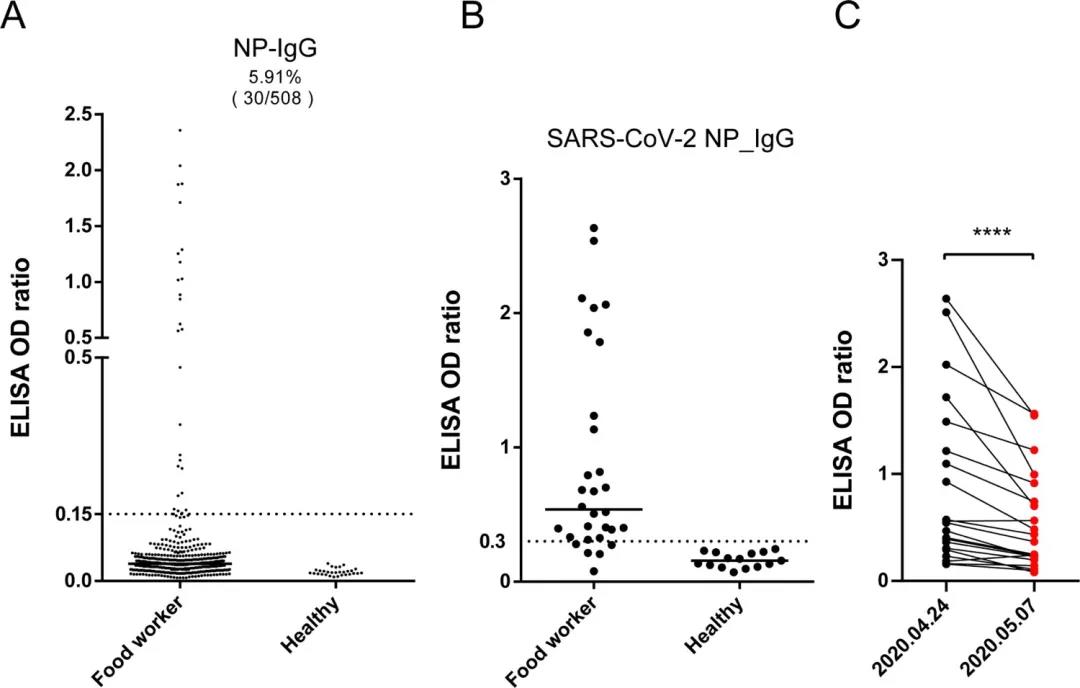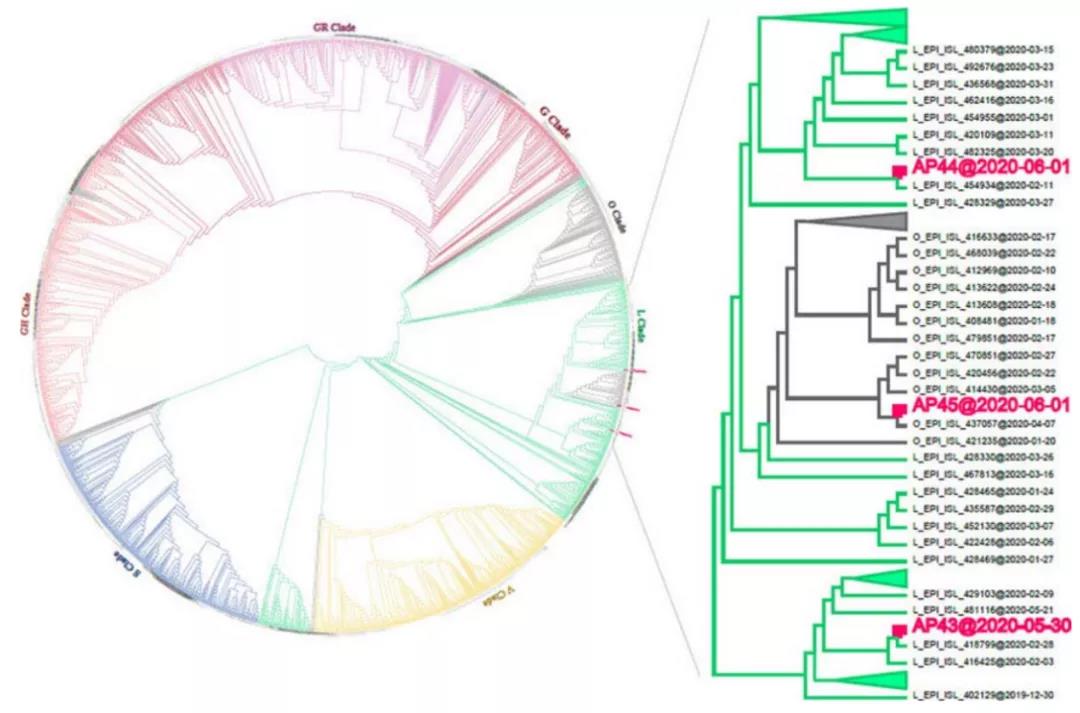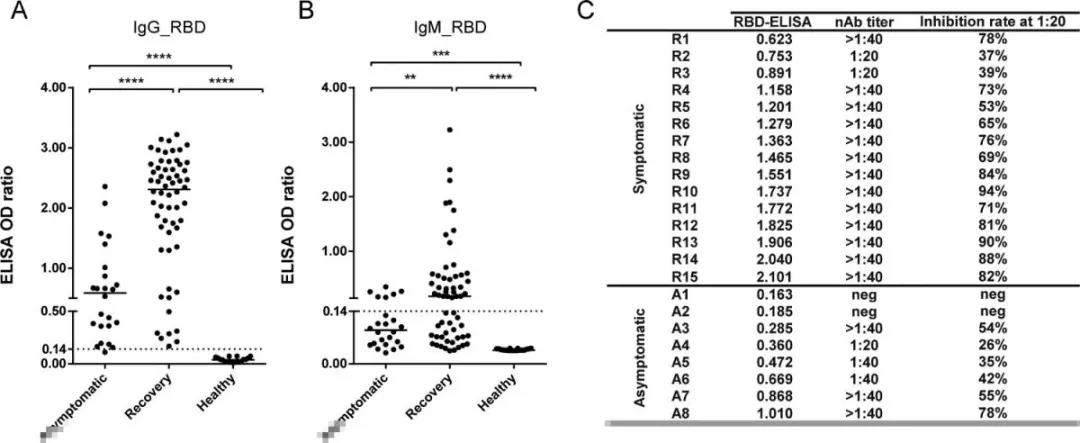9F, Zhongrui Jumei Building, 68 Jiuzhang Road, Suzhou Industrial Park, Jiangsu Province
Medical information
Zhou Pengshi Zhengli, Wuhan Virus Institute: asymptomatic infected people can be re infected with COVID-19
Since the COVID-19 outbreak triggered by COVID-19 (SARS-CoV-2) at the end of 2019, COVID-19 has spread around the world and has continued to this day, triggering a serious public health crisis.
However, despite the large number of patients diagnosed with COVID-19, the number of cases of asymptomatic infections is seriously underestimated. Many people do not exhibit severe clinical symptoms after infection, and therefore have not been diagnosed. In some community serological studies, the prevalence of antibodies to SARS-CoV-2 in healthy individuals varies from 2.1% to 24.4% depending on their occupation. Therefore, the scientific community generally believes that the asymptomatic infection rate may be significantly higher than the documented infection rate.

However, most current studies focus on clinical patients, with few reports of asymptomatic infections. The intensity and duration of immune protection for asymptomatic infections are still unclear. On May 18, 2021, Shi Zhengli, Zhou Peng, and others published an article in Emerging Microbes& Effects magazine: Serological investment of asymmetric cases of SARS-CoV-2 infection reviews weak and declining adverse responses.
This study conducted a serological survey of asymptomatic infected food workers in Wuhan, where the early COVID-19 outbreak occurred, and analyzed the serological and cellular responses of asymptomatic infected people. Data show that up to 5.91% of food workers carry SARS-CoV-2IgG antibodies and have no significant clinical symptoms. However, 90.4% of the patients had a decrease in antibody levels within 2 weeks. The IgM and IgG antibodies in asymptomatic infected patients were significantly lower than those in symptomatic convalescent patients with a similar course of disease. The results showed that asymptomatic infected individuals are likely to be susceptible to re infection with SARS-CoV-2, and the population immunization ratio and immune response breadth are not sufficient to achieve population immunization.

Given the outbreak of COVID-19 in the Wuhan Hunan seafood market, the researchers concluded that the risk of SARS CoV-2 infection among local food workers may be higher than that of other populations. On April 24, 2020, after the epidemic was under control, researchers immediately conducted a general serological survey of SARS-CoV-2 among food workers in the local community of Wuhan. A total of 508 participants who did not show any signs of SARS-CoV-2 were included in the test for SARS-CoV-2 NP protein specific antibodies.
The data showed that 30 out of 508 subjects (5.91%) carried antibodies to the viral NP protein in their serum, indicating that they may have been infected with SARS-CoV-2 but were asymptomatic. It is worth noting that at the time of the investigation, none of them were viral nucleotides positive.

To determine the immune response characteristics of asymptomatic populations, the study included 24 infected individuals who tested positive for RT-PCR in epidemiological investigations but had no relevant clinical symptoms within the first 14 days. The full length genomes of three viruses were obtained from sputum samples from three asymptomatic infected individuals on May 30, 2020 (AP43) or June 1, 2020 (AP44 and AP45). Phylogenetic analysis was conducted using 1927 SARS-CoV-2 genomes downloaded from GISAID and 3 genomes obtained in this study. The three genomes are all similar to the early L lineage or other related branches, of which two are closely related to the viral genomes sequenced in February (AP43 and AP44), and the third case is related to a genome obtained in April 2020 (AP45).
Since there has been no case of COVID-19 in Wuhan since April 8, 2020 to the end of the study, the researchers believe that these three asymptomatic infected people may have been infected from February to April, and continue to replicate viral RNA until June 2020.

In addition, the study compared viral specific neutralizing/non neutralizing antibody responses between asymptomatic and symptomatic patients recovering from infection. Serum samples were collected from 60 symptomatic patients who recovered 2-3 months after their initial infection, and the course of disease was similar to that of asymptomatic subjects.
The study tested viral antibodies against RBD. The results showed that the levels of IgM and IgG antibodies in the asymptomatic group were significantly lower than those in the symptomatic group or healthy donors. Similarly, neutralizing antibody levels in the asymptomatic group were relatively low. Therefore, seemingly asymptomatic subjects only had a weak serological response to the virus, although they continued to replicate viral RNA.

It is important to note that the prevalence of asymptomatic SARS CoV-2 infection is largely unknown in Wuhan. As the earliest outbreak of the epidemic, from January to April 2020, among visitors to Wuhan hospitals, the seropositive rate of SARS CoV-2 was measured to be 2.1%. In contrast, the serum positive rate of 5.91% among food workers is relatively high, indicating that they are more likely to be exposed to the virus than other populations except health care workers. It is worth noting that the immune level of this population is still significantly lower than the level required for group immunization.
Although the exact mechanism of low and decreased antibody levels in asymptomatic infected individuals is unknown, some possible explanations can be speculated. First, the viral RNA levels of these infected individuals are very low, indicating that viral replication or virus-related immune responses are limited. Similarly, the levels of IL-6 and TNF in the blood of these infected individuals cannot be detected, which are two marker cytokines present during symptomatic SARS CoV-2 infection. Third, the frequency of antibody secreting cells (ASC) in asymptomatic infected individuals is lower, while the frequency of ASC in asymptomatic individuals is lower. ASC usually increases with acute infection and is evident during recuperation. It is not yet known whether SARS-CoV-2 interferes with the antibody production mechanism, or whether the cells have not been fully activated.
In summary, this study indicates that the antibody response to SARS-CoV-2 in asymptomatic infected individuals is weak and gradually declining, so they may be susceptible to re infection. The number of cases and their antibody characteristics do not support the group immunity of these individuals in the community. Therefore, social alienation and strict epidemic prevention measures should continue to be taken before the effective vaccine SARS-CoV-2 can be widely vaccinated.

